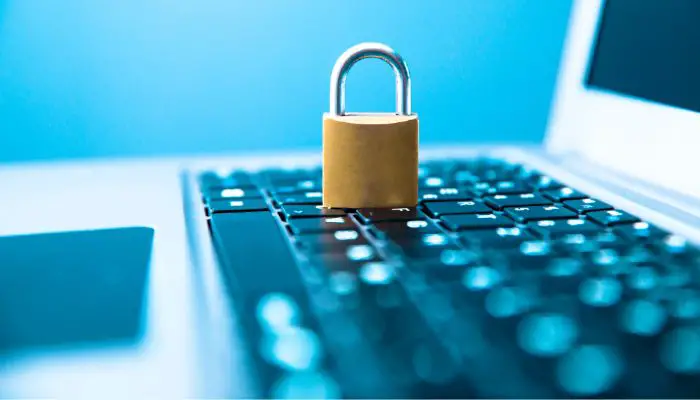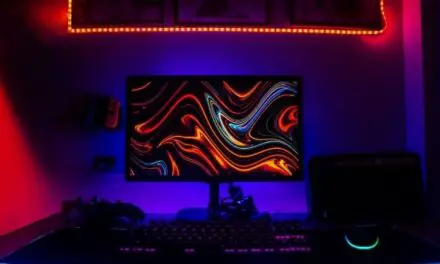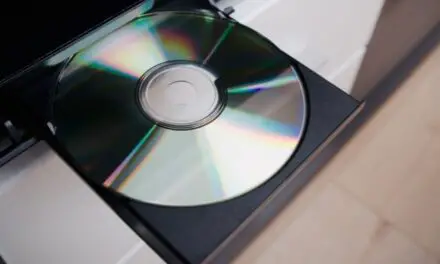So you’ve discovered the dreaded BitLocker Key. Trust us, we feel your pain all the way down to its deepest levels. If you’re not very computer savvy (and most people who use PCs and Laptops are not), dealing with the BitLocker Key can be a horror show.
It’s so universally dreaded, by anyone that has gone through it, that you never want to see it pop up on your computer when you sit down. If you can’t get ahold of the BitLocker Key, there is every possibility that you will lose everything on your computer.
Table of Contents
Why is My Laptop Asking for a BitLocker Key?

Your laptop may ask for a BitLocker Key when it’s rebooted or loses power for whatever reason and it detects (or thinks it detects) unauthorized access to your computer. It’s an extra security step by Microsoft to avoid the theft of your personal information.
BitLocker is an encryption technology that protects the personal information being stored on your laptop’s hard drive. It encrypts your data and stores the decryption key in a security module called a TPM.
The TPM knows which configurations and software your device uses. It projects the key by taking measurements as your laptop boots up and comparing them to what it expects to see from your device.
If these measurements don’t add up to the same thing you will be asked for your BitLocker recovery key.
You’d be surprised at some of the things that can cause this mismatch of information. Bios updates, not powering on your device for an extended period, or even a hard bang or knock to your laptop can cause this to happen.
To be honest, it’s not the best security protocol because the BitLocker request does nothing more than infuriate the majority of Microsoft customers. About 95% of the time, what Microsoft perceives to be unauthorized access is a simple reboot or a change to your hardware or firmware.
The reason it’s often not the best solution is because of how infuriatingly complicated it can be to get back in. You have to log in to your Microsoft account on another device and attempt to retrieve the BitLocker Key.
Related Article: 18 Reasons To Never Buy A Cheap Laptop
Don’t have your Microsoft login info? You may have effectively factory reset your computer because you can kiss everything on it goodbye. If your Microsoft Account doesn’t contain your Bitlocker key (which happens all the time), your laptop might as well have just come out of the box because all of your info is gone.
Unless you’re a computer engineer, you’re not getting into your computer—ever. If you take it to a computer repair technician, they’ll be happy to charge you $200 and give you back a factory reset laptop with all of your information gone forever.
How To Get Past The BitLocker Recovery Screen
Before you go taking your laptop to a repair shop you should try to find the BitLocker key yourself. If you take your laptop to a shop many computer technicians will not even try to look for your BitLocker key, they’ll just charge you to reset your device. It’s often easy to locate by yourself and you can have your laptop back up and running in just a few minutes.
Turn Your Laptop Off And On Again
To stop anyone and everyone from gaining access to your BitLocker encryption key, It gets held in a security module on your laptop called a TPM. The TPM can be a piece of physical hardware, like a drive or a firmware feature.
The TPM takes measurements and stores them. Each time you power up your laptop It compares the measurements it has stored to the measurements on your laptop. If the TPM detects any differences in the measurements between what it has stored and what is on your laptop at the time of powering up, it will refuse to start up Windows and ask you for a BitLocker recovery key instead.
Once you see the blue BitLocker recovery screen, there are three ways you can get past it:
- Enter the recovery key
- Get the measurements between the TPM and your laptop to add up again
- Reset your laptop
The very first thing you should do is turn your laptop off and on again.
Sometimes, during boot-up, things can get knocked out of sync and that can be enough to upset the TPM. Turning off and on your laptop again can be enough to make that blue BitLocker recovery screen go away.
If this works, it’s the easiest fix you could hope for.
Plug Out Anything Connected To Your Laptop And Restart It
Anything you have connected to the laptop when booting up could cause the TPM to make a fuss. Any docking stations or the like can cause an issue when connected to your laptop at startup. Unplug them and try booting the device with nothing connected to see if the BitLocker screen disappears.
Finding Your BitLocker Recovery Key
If you can’t get that BitLocker screen to go away, then you are left with the last two options of finding your key or resetting your laptop. Resetting your laptop is probably the last thing you will want to do so let’s look at how you can find your BitLocker recovery key.
Finding The Key In Your Microsoft Account
To find your BitLocker recovery key in your own Microsoft account, browse to https://account.microsoft.com/devices and sign in with your email and password.
Next, look for your locked device in the list and click “see details“. Under BitLocker data protection click “manage recovery keys” and you should see the key displayed. Simply type that key into the BitLocker recovery screen and you should be good to go.
Be aware that there are at least three other versions of Microsoft accounts that offer varying levels of access to Microsoft’s services. They also offer different web addresses to sign in at.
https://myaccount.microsoft.com
https://mysignins.microsoft.com/
https://azure.microsoft.com/en-ca/account
If you’re having trouble finding your Microsoft account, it’s important to try to log in at all of the above links. Three of the links may tell you that your account doesn’t exist and the last one might let you log in and have your BitLocker key stored.
Some users even find their BitLocker key has been associated with an old Microsoft school email that they don’t use anymore.
If you’re lucky enough to have found the key, back it up somewhere safe for the future.
How to Avoid the BitLocker Key Altogether
There are far better ways to secure your laptop information than using BitLocker Key, which Microsoft seemingly developed to erase its own consumers’ content.
- Open the Windows logo at the bottom of your screen
- Open Control Panel
- Select BitLocker Drive Encryption
- Select Turn off BitLocker or Suspend Protection
- Confirm
If there were a way for you to completely delete BitLocker, pour acid on it, light it on fire, throw it off a cliff, compress it in a trash compactor, and gleefully, maniacally laugh as it explodes into a thousand flaming pieces, we would advise you to do that. Immediately.
There’s protection and security, then there is laughably, absurdly obnoxious. BitLocker falls well inside the latter category.
Bottom Line
If your laptop is asking for your BitLocker Key, it means that it has somehow, probably erroneously, detected an attempt to infiltrate your laptop. The fact that it’s you trying to access your laptop is irrelevant.
The best advice is to find another way to secure your laptop and turn off BitLocker Key protection. That’s because other security measures are dependable. Microsoft is liable to lock you out of your computer and provide you with a big blank screen when you try to retrieve your BitLocker Key.
If you need further proof, check out the various, nightmare forums on this subject.



